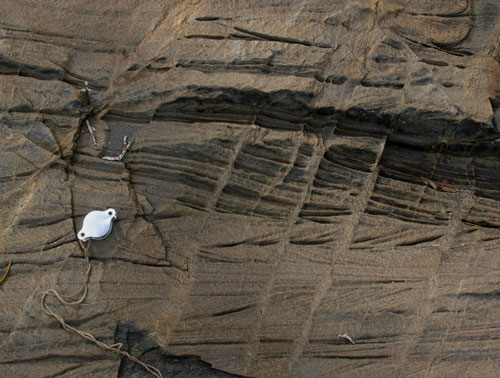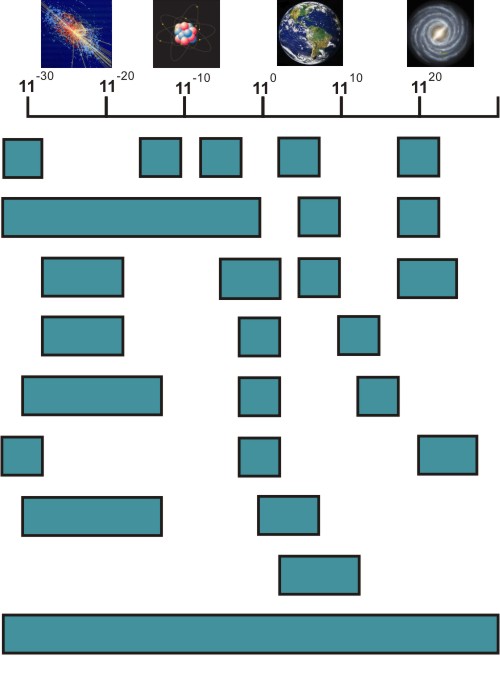Janet brings us some rather vitriolic criticism by Sir Peter Medewar:
The scientific paper in its orthodox form does embody a totally mistaken conception, even a travesty, of the nature of scientific thought.
The argument seems to be that the usual structure of a scientific paper reinforces the notion of science as a purely inductive process: we start with an empty mind, collect the data, and then proceed to deduce theories and models which explain them. This, people like Medewar argue, plays down the importance of generating ideas as a first step to doing science, by pretending that we use data to generate hypotheses, rather than also using hypotheses to design our experiments (and decide what the hell we’re going to research anyway). These are deep philosophical waters for an innocent geologist to swim in, but it seems to me that this criticism, whilst valid in a sense, misses an important point: we don’t write scientific papers for historians and philosophers of science. We write them for other scientists.






Nice plan for content warnings on Mastodon and the Fediverse. Now you need a Mastodon/Fediverse button on this blog.